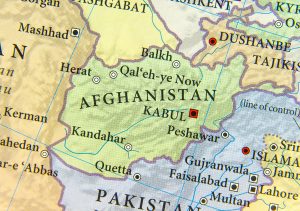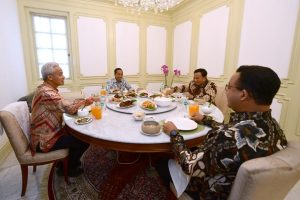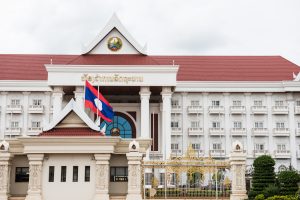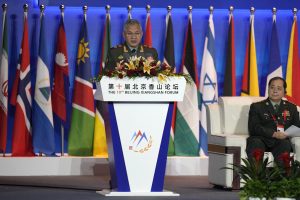Ashka Jhaveri, Johanna Moore, Amin Soltani, and Nicholas Carl
The Iran Update provides insights into Iranian and Iranian-sponsored activities abroad that undermine regional stability and threaten US forces and interests. It also covers events and trends that affect the stability and decision-making of the Iranian regime. The Critical Threats Project (CTP) at the American Enterprise Institute and the Institute for the Study of War (ISW) provides these updates regularly based on regional events. For more on developments and in Iran and the region, see our interactive map of Iran and the Middle East.
CTP and ISW have refocused the update to cover the Israel-Hamas war. The new sections address developments in the Gaza Strip, the West Bank, Lebanon, and Syria, as well as noteworthy activity from Iran’s Axis of Resistance. We do not report in detail on war crimes because these activities are well-covered in Western media and do not directly affect the military operations we are assessing and forecasting. We utterly condemn violations of the laws of armed conflict and the Geneva Conventions and crimes against humanity even though we do not describe them in these reports.
Key Takeaways:
- The al Qassem Brigade—the militant wing of Hamas—likely conducted a complex attack targeting the IDF at the Erez checkpoint.
- The al Qassem Brigades and Saraya al Quds—the militant wing of PIJ— claimed a joint complex attack on the IDF in al Amiriya.
- Saraya al Quds claimed a complex attack on the IDF advancing along the Gaza coast.
- Palestinian militants clashed with Israeli forces and held large, anti-Israel demonstrations at their usual rate across the West Bank.
- Iranian-backed militants, including Lebanese Hezbollah, conducted seven attacks into Israel.
- Iranian-backed militants claimed two attacks targeting US forces in Syria.
- Asaib Ahl al Haq Secretary General Qais Khazali met with a Hamas delegation in Baghdad.
- Iranian President Ebrahim Raisi gave an interview with Arabic-language outlet al Jazeera, during which he tried to rally the support of the Arab world for Iran and the Axis of Resistance in opposing Israel. This messaging is likely meant to support the Iranian effort to disrupt Israeli normalization with Arab states by concentrating attention on Israel-Palestinian relations.



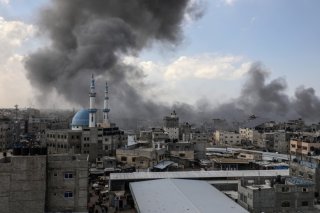


.jpg)

